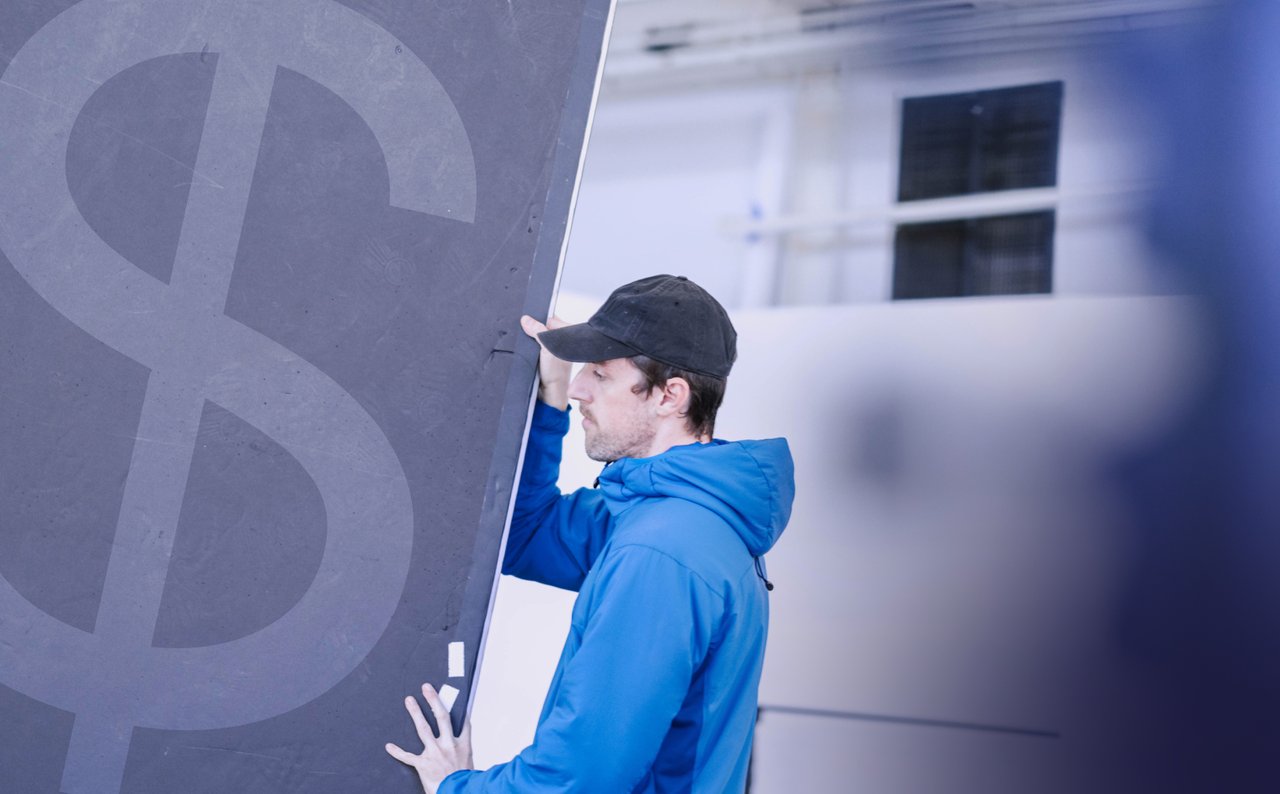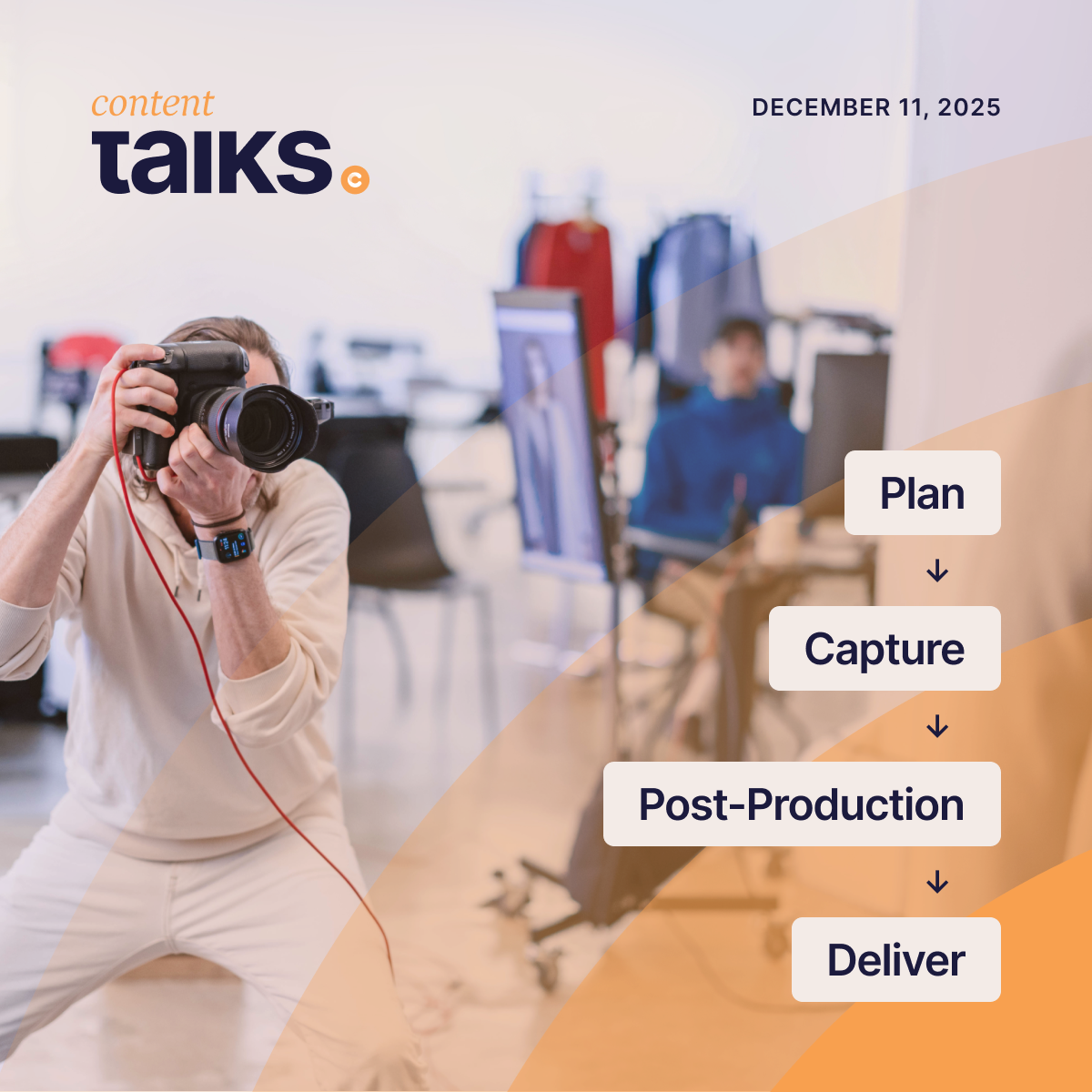How to Balance Quality, Creativity, and Budget in eCommerce Photography Studios
Budget management is a priority for every eCommerce photography studio around the world. Understanding how to optimize costs while still delivering the utmost quality to meet Key Performance Indicators (KPIs) is the hallmark of any profitable studio.
Over the past few weeks, we’ve discussed everything from building a team to emerging tech to that exciting topic of risk management. Now, we’re going to dive into how to manage a photo studio budget.
Without further ado, let’s get into it.
This piece aims to discuss the intricacies of managing budgets and time resources in studios and to highlight methods for tackling common resource management challenges.
Budget Allocation: The Pillar of Profitability
Studio budgets are a reflection of the financial health of a photo studio. Typically, they work within certain limits to make sure that they stay financially stable. That budget is often (if not always) divided into 3 crucial areas. We’ve also added a fourth bonus area to consider.
- Personnel: Staffing decisions play a crucial role in managing the studio budget. Striking the right balance between freelancers and permanent employees is vital. It’s a delicate dance of weighing the advantages and considerations of each option to control costs.
- Model Costs: In commercial photography, models are categorized into different tiers based on various factors affecting their pricing. The cost of models must be planned for when managing the budget for commercial shoots.
- General Cost Envelope: This portion of the budget covers an estimated flat rate for costs associated with hardware/software usage, studio rentals, and equipment. Allocating funds to this envelope ensures that the studio can meet its operational needs.
- Experimentation: As we said above, this is a bonus area and might not be considered “crucial,” but it’s still something to think about, especially after our blog on emerging tech. It could be added to any of the 3 above, but putting it in its own category makes it real. Think about how experimenting with new tech, ideas, and workflows could be a game-changer for your team.
Balancing Qualitative and Creative Requirements with Budget
Clients often come to the table with unique qualitative and creative expectations. These expectations are not merely suggestions; they play an important role in how projects are budgeted, planned, and managed. The demand for a high-quality project has a direct correlation with the need for seasoned staff and additional resources. Remember that these needs can significantly escalate the cost of running the project, which inevitably impacts the studio's bottom line.
That being said, it’s important to remember that striking a balance between qualitative, creative, and budgetary requirements is an art in itself. There's a delicate equilibrium that needs to be maintained. On one hand, the studio must strive to meet and exceed client expectations by delivering a high-quality and creative product.
On the other hand, it is equally critical to keep a keen eye on the budget, ensuring the fiscal viability of the project without compromising its quality or creativity. If this balance is skewed, it could lead to financial strain on the studio or dissatisfaction from the client. Therefore, each project requires a well-thought-out plan that seamlessly merges the client's qualitative and creative requirements with the studio's budget constraints. How is it possible to adjust any of it, you ask?
Adjusting KPIs and Smart Resource Management
To meet the photo studio KPIs while adhering to budgetary constraints, studios must use smart resource management techniques. One of the most flexible aspects of this is staffing and knowing what you’re capable of. David Hice, Senior Director of Photography Production at Aritzia made a beautiful point recently on the E-Commerce Content Creation Podcast, saying, “We want to have a clear understanding of what our KPIs are for each type of bay, video bay, stills bay, on-off model bay, different categories. Can we shoot 50 of this category on model? Maybe we can only shoot 30 of this category on another model and really boil it down so we know exactly what we can and can't do. And then communicate that back to our cross-functional partners, our upper management.”
Two ways to adjust KPIs:
- Process Optimization and Knowledge Transfer: By improving workflows and encouraging knowledge sharing among staff, studios can improve their KPIs without sacrificing quality. This step leads to increased efficiency and productivity, essential aspects of effective budget management.
- Cost-effective Personnel: Studios can consider hiring more cost-effective personnel to manage budget constraints. Here, the balance between cost and quality becomes a pivotal consideration.
Overcoming Resource Management Challenges
Personnel and model management can present unique challenges in resource allocation. Through effective communication and coordination, studios can optimize resource utilization:
Personnel Resources: The complexity of managing personnel resources often requires real-time coordination, typically driven by verbal communication. The process becomes more intricate as producers may simultaneously request resources from a shared database or list.
Model Management: Tools such as blocking, options, and bookings are used to manage model resources effectively. The goal is to strike a balance between high-quality models and budget constraints, which becomes increasingly challenging due to rising client expectations.
Wrap-Up
Effectively managing budgets and resources is crucial in meeting client expectations and maintaining profitability in a photo studio. By employing strategic resource management and making informed decisions, studios can optimize KPIs, deliver exceptional results, and adapt to this ever-evolving landscape.










